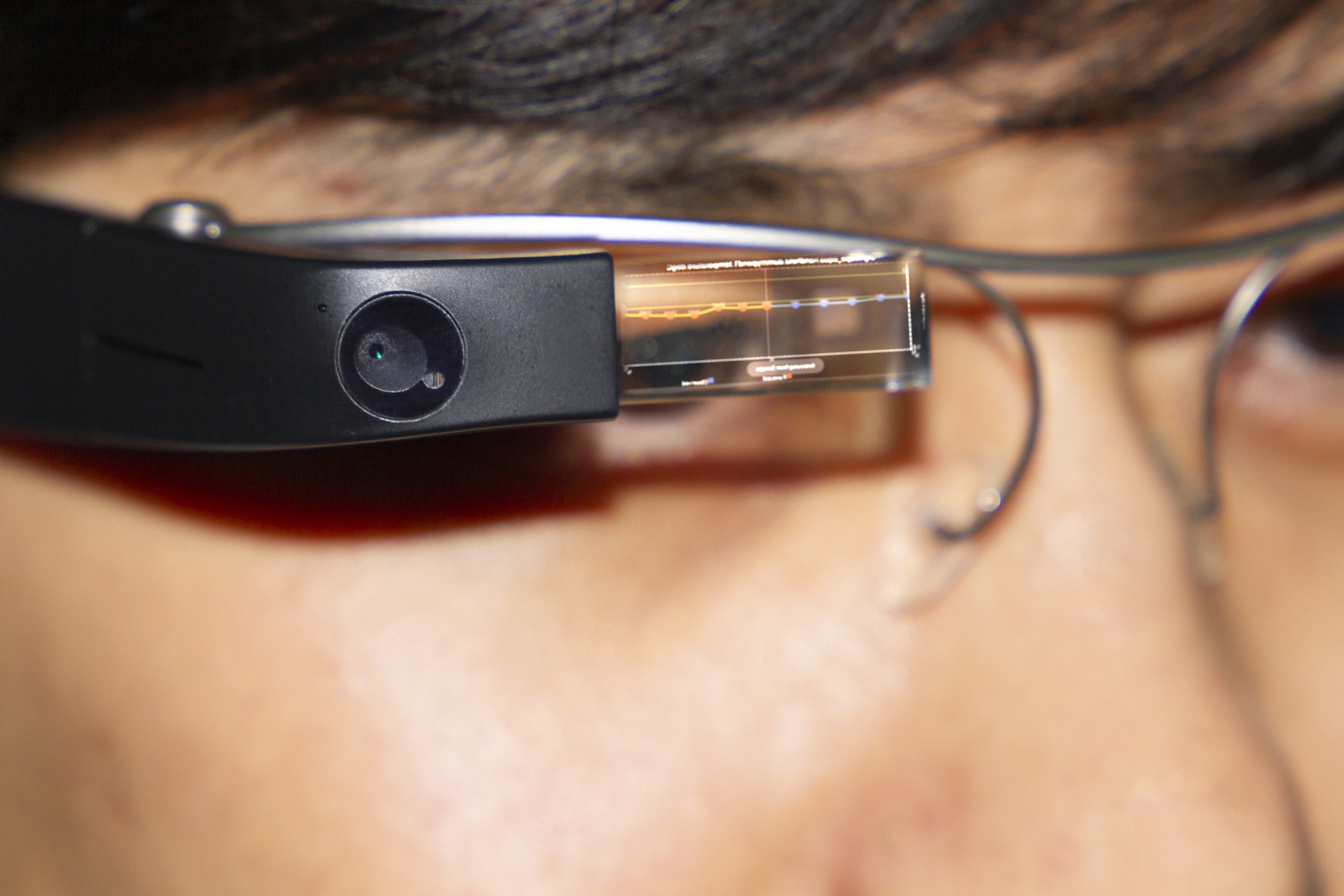The challenge
Prawn farming: a high value industry
The worldwide demand for marine-based protein is booming. Aquaculture is a high value intensive farming system and it plays an important role in food security in many countries.
However, there’s a substantial gap between how much is harvested and how much could be harvested. Just 1% production improvement in farming practices could bring a further $16 million to the Australian industry annually.
Conditions in ponds is key to ensuring prawns are thriving, but water quality can quickly change from healthy to threatening in a matter of hours. Current methods for monitoring water quality are labour intensive and there can be significant delays between when water quality measurements are taken and seeing important changes in the data.
Our response
Bringing gaming to farming: augmented reality in agriculture
 Through our future science platform, Digiscape, we’re working on novel pond and animal sensor technologies, the next generation of data interaction techniques, data modelling, situational awareness and decision support to give farmers immediate, pond-side understanding of key water quality parameters like dissolved oxygen, pH and turbidity. All using state-of-the-art wearable and hands-free technologies that farmers can use while they’re walking around and managing their ponds.
Through our future science platform, Digiscape, we’re working on novel pond and animal sensor technologies, the next generation of data interaction techniques, data modelling, situational awareness and decision support to give farmers immediate, pond-side understanding of key water quality parameters like dissolved oxygen, pH and turbidity. All using state-of-the-art wearable and hands-free technologies that farmers can use while they’re walking around and managing their ponds.
It could change the way decisions are made in aquaculture, give them the information they need to better manage animal health and feed inputs, for example, and even share the visuals in real time with managers in the office or external experts for fast input.
We’re also using deep learning to forecast key water quality variables 24 hours into the future from live sensor data captured in ponds.
We’ve chosen prawn farming as the first industry to test these technologies, with a view to expanding into other complex agricultural environments as well. These technologies could become a normal part of farm operations no matter what you farm, as all types of farming become more reliant on gathering and understanding data from sensor systems.
The challenge
Prawn farming: a high value industry
The worldwide demand for marine-based protein is booming. Aquaculture is a high value intensive farming system and it plays an important role in food security in many countries.
However, there’s a substantial gap between how much is harvested and how much could be harvested. Just 1% production improvement in farming practices could bring a further $16 million to the Australian industry annually.
Conditions in ponds is key to ensuring prawns are thriving, but water quality can quickly change from healthy to threatening in a matter of hours. Current methods for monitoring water quality are labour intensive and there can be significant delays between when water quality measurements are taken and seeing important changes in the data.
Our response
Bringing gaming to farming: augmented reality in agriculture
Through our future science platform, Digiscape, we’re working on novel pond and animal sensor technologies, the next generation of data interaction techniques, data modelling, situational awareness and decision support to give farmers immediate, pond-side understanding of key water quality parameters like dissolved oxygen, pH and turbidity. All using state-of-the-art wearable and hands-free technologies that farmers can use while they’re walking around and managing their ponds.
It could change the way decisions are made in aquaculture, give them the information they need to better manage animal health and feed inputs, for example, and even share the visuals in real time with managers in the office or external experts for fast input.
We’re also using deep learning to forecast key water quality variables 24 hours into the future from live sensor data captured in ponds.
We’ve chosen prawn farming as the first industry to test these technologies, with a view to expanding into other complex agricultural environments as well. These technologies could become a normal part of farm operations no matter what you farm, as all types of farming become more reliant on gathering and understanding data from sensor systems.
